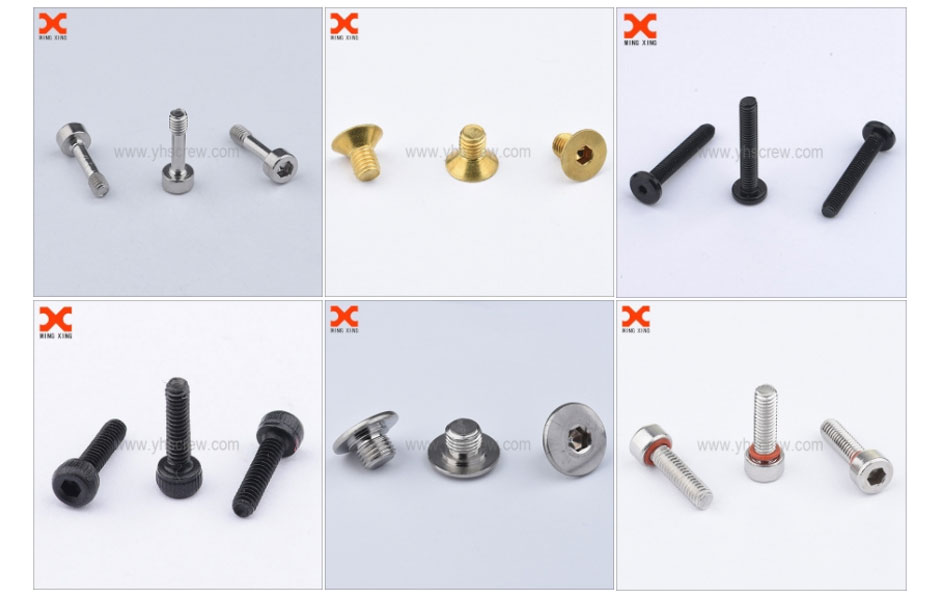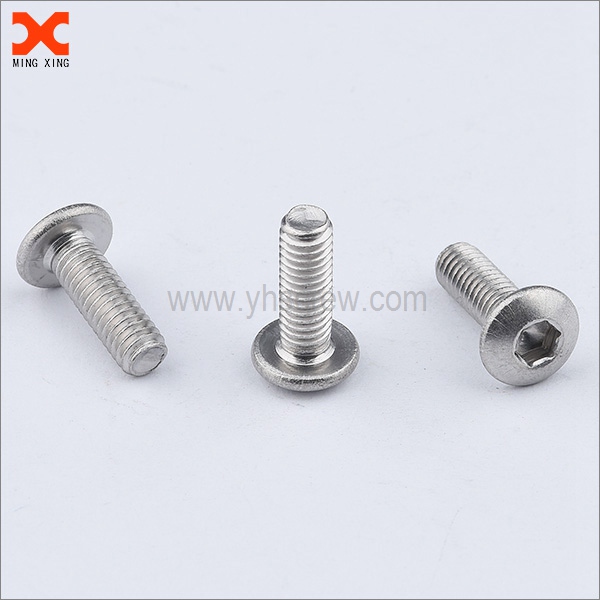What it is
What are self tapping screws – The tapping screw is a screw that can be drilled when the screw is driven into the material.
For hard substrates such as metal or hard plastic, the self-attack capability is usually produced by cutting out the gap on the
continuity of the thread on the screw, resulting in grooves and cutting edges similar to the faucet. Thus, although ordinary
machine screws can not separate their own holes in a metal substrate, they can be automatically tapped (within reasonable
limits of substrate hardness and depth). For softer substrates such as wood or soft plastic, the self-tapping capability can simply
be reduced from one tip to one g (where no flute is needed). Similar to the tip of a nail or hammer head, such that the hole is
formed by the displacement of the surrounding material, rather than the drilling / cutting / discharging action of any chip
formation.
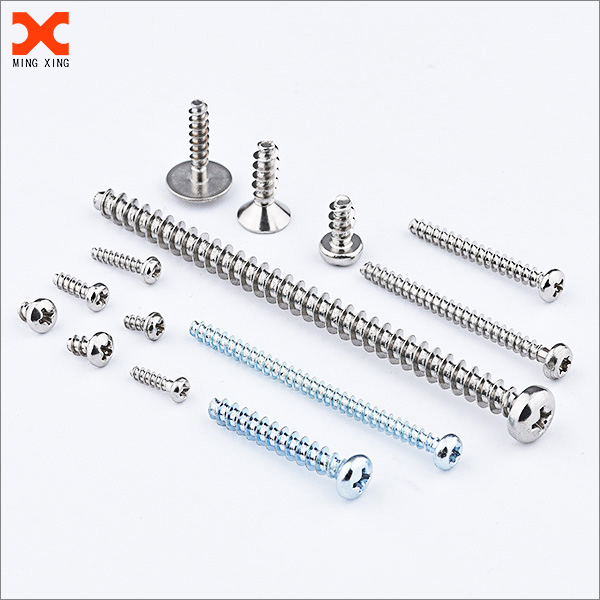
 |
 |
| Custom pan head phillips drive tapping screws | Special phillips washer head tapping screws |
Self-tapping screws are the most common type of mechanical fasteners used to assemble a variety of products. They are cut or formed at the time of insertion, which eliminates the need for internal threading or tapping operations alone. Self-tapping screws are a particularly economical way to connect plastic and different materials, making it easy to disassemble and reassemble parts without any risk of damage.
Types of Self Tapping Screws
Self-tapping screws can be divided into two categories; those who replace the material (especially plastic and thin metal plate) and do not remove those known as linear self-tapping screws; with cutting the surface of the tapping screw when inserted to remove the material called Cutting.

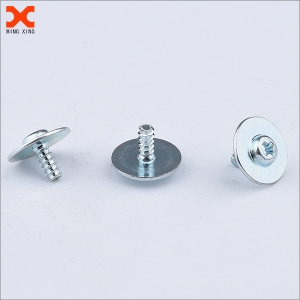 |
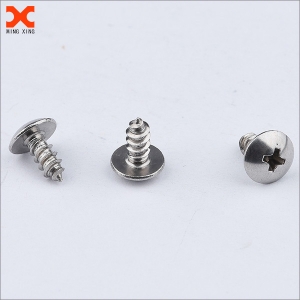 |
| 0-80 UNF washer head phillips self tapping screws | Phillips drive truss head self tapping screws |
How to use
Self-tapping screws with sharp piercing holes or flat blunt heads. Sharp screws are designed to drill their holes into soft materials such as wood and plastic, so there is no need for a guide hole. The advantage of a flat head screw is that it does not catch it in the material and falls off. When you drill into harder materials such as sheet metal, you need to drill a guide hole in advance. For thicker metals, more than one screw may be required to wear the surface. To save time and effort, you can drill your metal with a self-drilling tapping screw. Although these screws are more expensive, they can be drilled and fastened in one step.
Contact info: info@yhscrew.com

